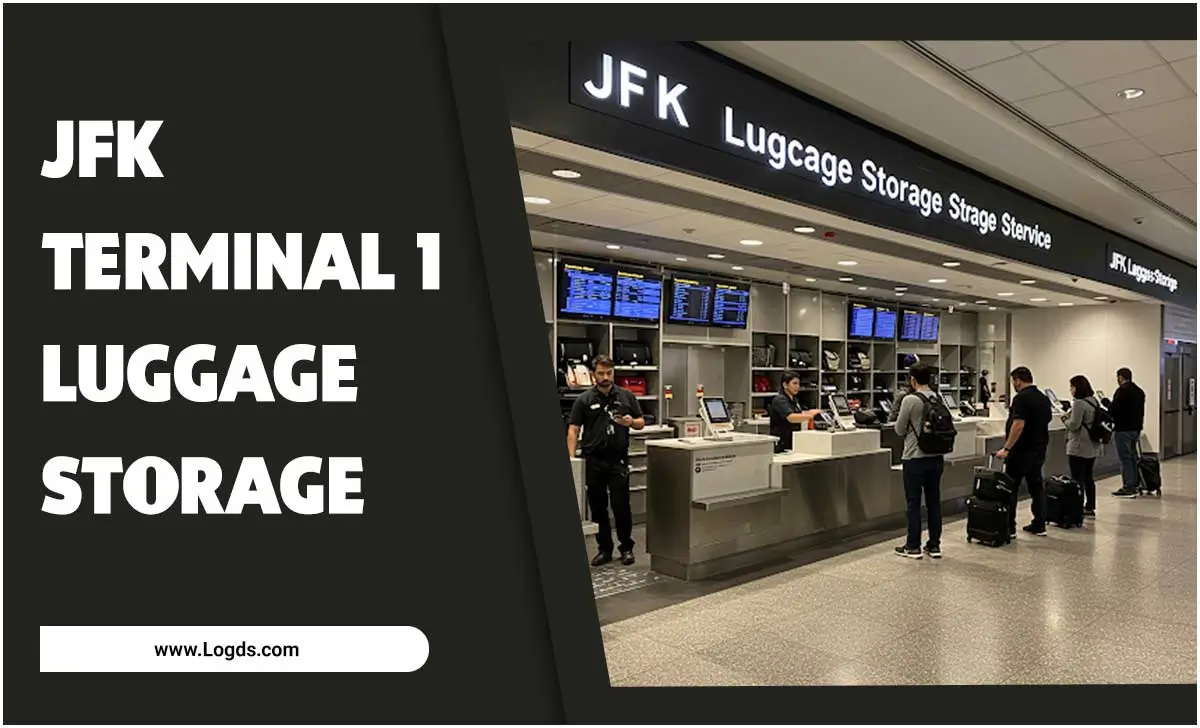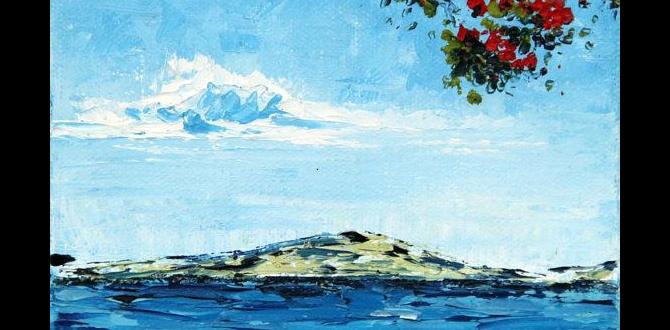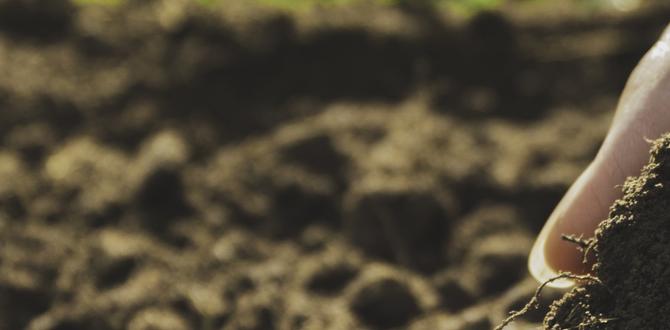Your daily budget for Agra should aim for roughly ₹2,500 to ₹4,500 per person, covering basic accommodation, food, local transport, and entry fees. This can fluctuate based on your comfort level and chosen activities.
Agra, a city synonymous with the iconic Taj Mahal, beckons travelers with its rich history and majestic architecture. Yet, for many, the thought of planning a trip can bring up questions, especially about the cost. How much money do you really need for a day exploring this incredible place?
It’s a common concern, and understandably so! We all want to enjoy our travels without unexpected financial surprises. That’s why we’ve broken down the essential daily expenses for Agra, making it simple and stress-free for you to plan your adventure. Let’s dive into a realistic Agra cost breakdown so you can focus on soaking in the magic of the Taj Mahal and beyond!
Understanding Agra’s Daily Expenses
Planning your travel budget is key to a worry-free vacation. Agra, while home to world-famous wonders, can be explored affordably with a bit of insight. We’ll look at the main categories that make up your daily spend: accommodation, food, local transportation, and attraction entry fees. Knowing these will help you tailor your trip to your comfort level and wallet.
Accommodation Options and Costs
Where you sleep significantly impacts your daily budget. Agra offers a range of options, from budget-friendly hostels to comfortable mid-range hotels and luxurious stays.
Budget Stays (Hostels & Guesthouses)
For solo travelers or those on a tight budget, hostels and basic guesthouses are excellent choices. They offer a social atmosphere and are very economical.
- Cost: ₹500 – ₹1,500 per night for a dorm bed or a very basic private room.
- What to expect: Shared facilities, simple amenities, often good for meeting other travelers.
Mid-Range Hotels
These offer a good balance of comfort and price. You’ll find cleaner rooms, private bathrooms, and often amenities like air conditioning and complimentary Wi-Fi.
- Cost: ₹1,500 – ₹3,500 per night for a double room.
- What to expect: Comfortable beds, en-suite bathrooms, air conditioning, sometimes breakfast included.
Premium/Luxury Hotels
If you’re looking for a more indulgent experience, Agra has stunning heritage hotels and modern luxury accommodations.
- Cost: ₹4,000+ per night for a well-appointed room.
- What to expect: High-end amenities, excellent service, beautiful views, fine dining options.
Food Expenses: Savouring Agra’s Flavours
Eating well in Agra doesn’t have to break the bank. From street food delights to restaurant experiences, there’s something for every palate and budget.
Street Food & Local Eateries
Agra’s street food scene is vibrant and delicious. For a truly local experience, try snacks and meals from reputable street vendors or small, bustling local eateries (dhabas).
- Average Cost: ₹100 – ₹300 per meal (e.g., chaat, parathas, pakoras).
- Must-try: Petha (Agra’s famous sweet), Bedai (a spicy fried bread), and various types of chaat.
Mid-Range Restaurants
These offer a more comfortable dining experience with a broader menu, including North Indian and Mughlai cuisine.
- Average Cost: ₹400 – ₹800 per person for a full meal (main course, bread, drink).
- What to expect: A comfortable setting, varied menus, good quality food.
Fine Dining Experiences
If you’re celebrating or simply want to indulge, Agra’s fine-dining restaurants, often located in hotels, offer a sophisticated culinary journey.
- Average Cost: ₹1,000 – ₹2,000+ per person for a multi-course meal.
Transportation in Agra
Getting around Agra is part of the adventure. You have several convenient and budget-friendly options.
Auto-rickshaws
These are ubiquitous and a popular way to travel short to medium distances. Always agree on the fare before starting your journey.
- Estimated Cost: ₹100 – ₹300 for short trips within the city, depending on distance and negotiation.
Cycle Rickshaws
A more eco-friendly and leisurely option for shorter distances, especially around crowded markets or historical sites.
- Estimated Cost: ₹50 – ₹150 for short rides.
Taxis/Ride-Sharing Apps
Apps like Uber and Ola are readily available and offer fixed pricing, which can be convenient and sometimes more affordable for longer distances or specific routes.
- Estimated Cost: ₹200 – ₹500 for trips between major attractions or to/from the railway station/airport.
Walking
Many of Agra’s attractions are within walking distance of each other in certain areas, like the Taj Mahal complex entrance or around Sadar Bazaar. This is, of course, free!
Attraction Entry Fees
The main draw for most visitors, the monuments, do have entry fees. Prices can vary for Indian citizens and foreign nationals.
Taj Mahal
The star attraction! For foreign tourists, the ticket price includes a bottle of water and shoe covers.
- Foreign Nationals: Approximately ₹1,100 (adults), ₹550 (children 3-15 years).
- Indian Citizens: Approximately ₹50 (adults), ₹25 (children 3-15 years).
- SAARC & BIMSTEC Nationals: Approximately ₹740 (adults), ₹370 (children 3-15 years).
Note: These prices are subject to change. It’s always a good idea to check the official Uttar Pradesh Tourism website for the most current information.
Agra Fort
A UNESCO World Heritage Site, this majestic fort offers a glimpse into Mughal history.
- Foreign Nationals: Approximately ₹600.
- Indian Citizens: Approximately ₹50.
Fatehpur Sikri
Located a bit outside Agra, this “ghost city” is a stunning example of Mughal architecture.
- Foreign Nationals: Approximately ₹610.
- Indian Citizens: Approximately ₹50.
Other Monuments
Such as Itmad-ud-Daulah’s Tomb (“Baby Taj”) or Mehtab Bagh have separate, generally lower, entry fees.
- Typical Cost: ₹100 – ₹300 for foreign nationals, ₹20 – ₹50 for Indian citizens.
Sample Daily Budget Breakdowns
Let’s put it all together with a few sample daily budgets for one person. These are estimates and can be adjusted.
Budget Traveler
This traveler prioritizes affordability while still experiencing the essentials.
- Accommodation: ₹750 (Hostel dorm bed)
- Food: ₹500 (Street food & simple local meals)
- Local Transport: ₹200 (Auto-rickshaws for key trips)
- Attractions: ₹1,100 (Taj Mahal – Foreigner rate) + ₹50 (Agra Fort – Indian rate if applicable, or factor in another monument) = ₹1,150 (assuming foreigner for Taj)
- Miscellaneous/Buffer: ₹200
- Total Daily Estimate: Approximately ₹2,800
Mid-Range Traveler
This traveler seeks a balance of comfort and value, opting for nicer accommodation and dining.
- Accommodation: ₹2,000 (Mid-range hotel room)
- Food: ₹1,200 (Mix of local eateries and mid-range restaurants)
- Local Transport: ₹400 (Taxis/Ride-sharing for convenience)
- Attractions: ₹1,100 (Taj Mahal) + ₹600 (Agra Fort) + ₹300 (Another monument) = ₹2,000
- Miscellaneous/Buffer: ₹400
- Total Daily Estimate: Approximately ₹6,000
Note: If two people share the mid-range hotel (₹2,000/2 = ₹1,000 per person), the daily cost for accommodation drops significantly, making the total closer to ₹5,000 per person.
Comfort/Luxury Traveler
This traveler enjoys higher-end services and experiences.
- Accommodation: ₹4,500+ (Premium hotel room)
- Food: ₹2,500+ (Mix of hotel dining and fine-dining restaurants)
- Local Transport: ₹700+ (Taxis, private car hired for the day)
- Attractions: ₹1,100 (Taj Mahal) + ₹600 (Agra Fort) + ₹610 (Fatehpur Sikri) + ₹300 (Another monument) = ₹2,610
- Miscellaneous/Buffer: ₹700+
- Total Daily Estimate: Approximately ₹11,510+
Tips for Saving Money in Agra
Even if you’re aiming for a comfortable trip, a few savvy choices can help you manage your budget.
- Travel in the Shoulder Season: Avoid peak tourist times like major holidays or winter months (December-January) for potentially lower accommodation rates.
- Eat Like a Local: Embrace street food and local eateries. Delicious and authentic meals can be had for a fraction of restaurant prices.
- Negotiate Fares: For auto-rickshaws and cycle rickshaws, always agree on the price before starting. Be polite but firm.
- Walk When Possible: Explore areas like the Taj Ganj neighborhood or Sadar Bazaar on foot to save on transport and discover hidden gems.
- Book Accommodation in Advance: Especially if you’re traveling during a busy period, booking your stay beforehand can sometimes secure better rates.
- Consider a Multi-Monument Pass: If you plan to visit several ASI (Archaeological Survey of India) monuments over a few days, check if a combined ticket or pass is available and cost-effective.
- Stay Hydrated Wisely: Buy large water bottles from reliable shops rather than small ones from vendors at attractions, which are usually more expensive.
Important Considerations for Comfort and Safety
When planning your budget, don’t forget to factor in elements that contribute to a comfortable and safe trip.
- Travel Insurance: While not a daily expense, having travel insurance is crucial for covering unexpected medical emergencies or trip disruptions. Research options from providers like World Nomads or your local provider.
- Flexibility in Your Budget: Always keep a buffer for spontaneous purchases, souvenirs, or unexpected needs.
- Comfort Items: For travelers who might need them, ensuring you have access to personal care items like adult diapers or child diapers for kids can significantly add to peace of mind. Look for brands that offer discreet and comfortable options suitable for travel, such as Depend or child-specific brands.
- Health and Safety: Carry a basic first-aid kit. Be mindful of your belongings, especially in crowded areas.
Conclusion
Planning your Agra trip doesn’t have to be daunting when it comes to costs. As you can see from this breakdown, Agra offers diverse ways to experience its wonders, fitting various budgets. Whether you’re a budget backpacker aiming to spend around ₹2,500 – ₹3,000 per day or a traveler seeking more comfort with a daily budget of ₹5,000 – ₹6,000, your adventure is achievable.
Remember, the figures provided are estimates. The key is to tailor them to your personal travel style, accommodation preferences, and dining choices. By understanding the costs of accommodation, food, transport, and attractions, you can create a realistic financial plan. Don’t forget to add a buffer for unforeseen expenses and souvenirs.
With careful planning and a little flexibility, your journey to Agra and its magnificent monuments will be an unforgettable and stress-free experience, allowing you to fully immerse yourself in the history and beauty of this incredible city. Happy travels!
Frequently Asked Questions
What is the best time of year to visit Agra to save money?
Generally, visiting during the shoulder seasons, such as October to November and February to March, can offer slightly lower prices for accommodation and fewer crowds compared to the peak winter months (December-January) or the humid summer.
How much should I budget for souvenirs in Agra?
This is highly variable! For small trinkets and handicrafts, you might spend ₹500 – ₹2,000. For higher quality marble inlay work or textiles, it could be ₹3,000 – ₹10,000+. Set a personal souvenir budget beforehand.
Are taxis and ride-sharing apps reliable in Agra?
Yes, apps like Uber and Ola are generally reliable and offer a convenient way to book rides with transparent pricing, especially for longer distances or airport transfers. However, always be prepared for potential surge pricing during peak hours.
Is it cheaper to eat at restaurants or buy street food in Agra?
Street food and small local eateries (dhabas) are significantly cheaper than restaurants. You can have a filling and delicious snack or meal for ₹100-₹300, whereas a restaurant meal might cost ₹400-₹800 or more per person.
Do I need to tip in Agra?
Tipping is not mandatory but is appreciated for good service. For guides and drivers, 10-15% of the agreed fare is common. In restaurants, a tip of 5-10% for exceptional service is welcome, though service charges are sometimes already included.
How much should I allocate for water and snacks daily?
Budget around ₹100 – ₹250 per day for bottled water and small snacks. Buying larger multi-liter bottles from local shops is more economical than purchasing single small bottles at tourist spots.
Can I use my credit card in Agra, or do I need cash?
While larger hotels, restaurants, and shops accept credit cards, it is essential to carry plenty of cash for auto-rickshaws, smaller eateries, street vendors, and entry fees at some monuments. ATMs are available but can sometimes be unreliable.



